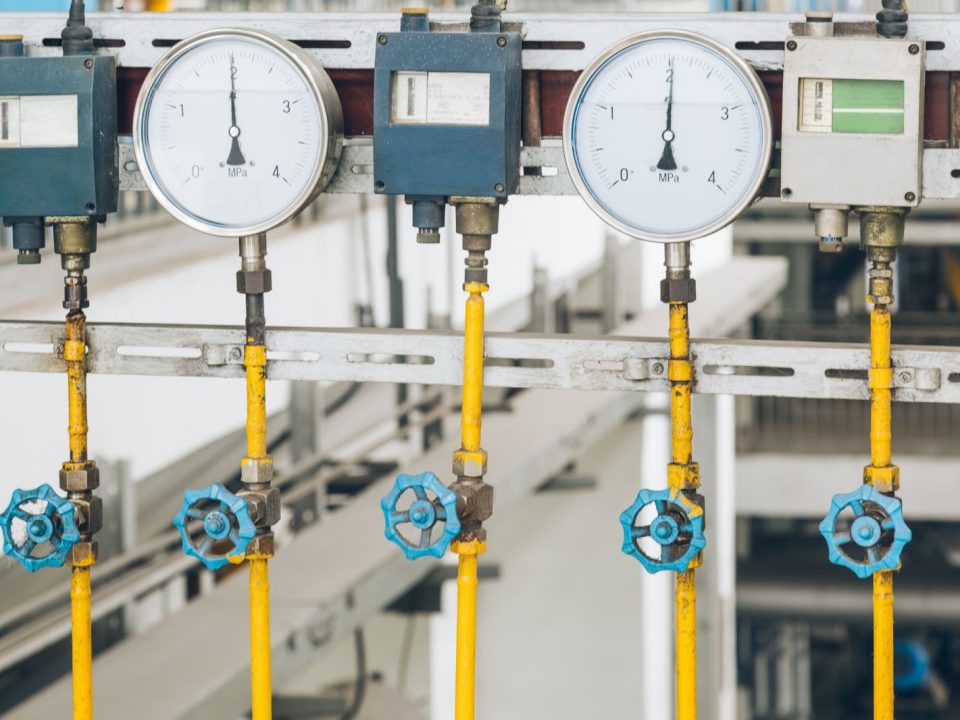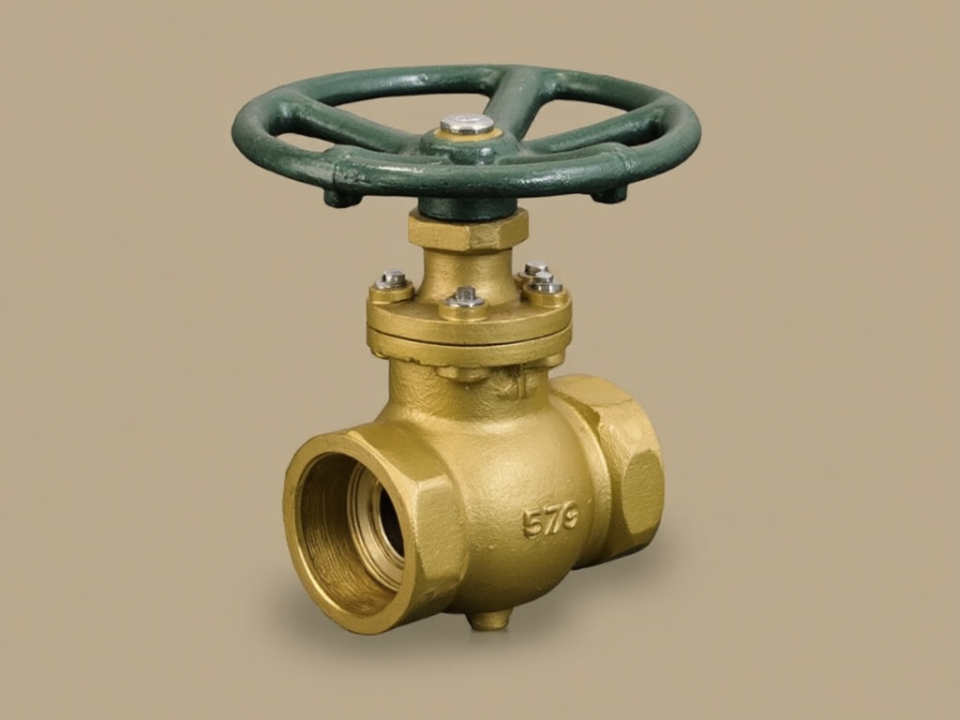Le valvole a sfera sono componenti essenziali nei sistemi di controllo dei fluidi, ma comprendere la direzione del flusso è essenziale per una corretta installazione e un funzionamento efficiente. Che si lavori con valvole a sfera unidirezionali o bidirezionali, conoscere la corretta direzione del flusso della valvola a sfera assicura prestazioni fluide, previene perdite e aumenta la durata del sistema.
Questa guida copre tutto ciò che è necessario sapere sulla direzione delle valvole a sfera, tra cui come determinare la direzione del flusso, la differenza tra la direzione di apertura e di chiusura della valvola e le migliori pratiche di installazione.
Qual è la direzione del flusso della valvola a sfera?
La direzione del flusso di una valvola a sfera determina il modo in cui i fluidi si muovono al suo interno. Alcune valvole consentono il flusso in una sola direzione (unidirezionale), mentre altre consentono il flusso in entrambe le direzioni (bidirezionale). La corretta direzione di chiusura della valvola a sfera è fondamentale per l'efficienza del sistema e per prevenire problemi di riflusso o di pressione.
Punti chiave:
- Valvole a sfera unidirezionali consentono il flusso in una sola direzione e devono essere installati correttamente.
- Valvole a sfera bidirezionali consentono il flusso in entrambe le direzioni, offrendo maggiore flessibilità.
- La direzione del flusso è solitamente indicata da un freccia sul corpo valvola o determinato dalla posizione della maniglia.
Tipi di valvole a sfera: unidirezionali vs. bidirezionali
Valvole a sfera unidirezionali
- Consentire il flusso in una sola direzione.
- Avere un meccanismo di tenuta stagna per impedire il riflusso.
- Utilizzato nei settori in cui è richiesto un controllo preciso del flusso (ad esempio, lavorazione chimica, produzione alimentare).
- Identificati da una freccia sul corpo valvola che indica la corretta direzione di installazione.
Valvole a sfera bidirezionali
- Consentire il flusso in entrambe le direzioni.
- Disporre di sedili identici su entrambi i lati della palla.
- Comunemente utilizzato in applicazioni in cui la direzione del flusso cambia o è reversibile.
- Più versatili e facili da installare rispetto alle valvole unidirezionali.
Come identificare la direzione del flusso della valvola a sfera
Determinare correttamente la direzione del flusso di una valvola a sfera assicura prestazioni ottimali. Ecco come puoi controllare:
1. Cercare le marcature sul corpo valvola
La maggior parte dei produttori posiziona frecce sul corpo valvola per indicare la direzione del flusso previstaSe una valvola non presenta una freccia, possono essere utili altri metodi.
2. Controllare la documentazione del produttore
I manuali dei prodotti e le schede tecniche forniscono linee guida dettagliate sulla direzione del flussoFare sempre riferimento a queste istruzioni prima dell'installazione.
3. Osservare la posizione della maniglia
- Quando la maniglia è parallela alla tubazione, la valvola è aperta.
- Quando la maniglia è perpendicolare, la valvola è chiusa.
- Nelle valvole unidirezionali, quando sono aperte, la maniglia solitamente è rivolta nella direzione del flusso.
4. Ispezionare il design interno
Le valvole unidirezionali in genere hanno un meccanismo di tenuta da un lato, impedendo il riflusso.
5. Utilizzare risorse e strumenti online
Alcuni produttori fornire video, diagrammi e guide per aiutare gli utenti a determinare la direzione del flusso.
Spiegazione della direzione di apertura e chiusura della valvola a sfera
Come aprire una valvola a sfera
- Ruotare la maniglia Cin senso antiorario.
- La maniglia deve essere allineata con la direzione del flusso.
- Nelle valvole bidirezionali, il flusso riprende immediatamente dopo l'apertura.
Come chiudere una valvola a sfera
- Ruotare la maniglia in senso orario, solitamente di un quarto di giro.
- La maniglia deve essere perpendicolare alla tubazione.
- Garantisce che la valvola sia correttamente sigillata per evitare perdite.
Pratiche di installazione corrette per la direzione del flusso della valvola a sfera
Per prevenire problemi come perdite, inefficienze o guasti del sistema, seguire queste buone pratiche:
1. Confermare la direzione del flusso prima dell'installazione
- Controllare le marcature e la documentazione del produttore.
- Assicurarsi che la maniglia della valvola sia allineata con il flusso previsto.
2. Utilizzare strumenti e materiali di tenuta adeguati
- Fare domanda a Nastro in teflon o sigillante per filettature per prevenire le perdite.
- Utilizzo chiavi dinamometriche per evitare di stringere troppo.
3. Allineare correttamente la valvola
- Assicurarsi che la valvola sia posizionata in modo da seguire la direzione del flusso della tubazione.
- Un disallineamento può causare inefficienze operative e danni.
4. Eseguire un test di pressione dopo l'installazione
- Pressurizzare il sistema per verificare la presenza di perdite.
- Regolare i raccordi e, se necessario, sigillarli nuovamente.
5. Eseguire una manutenzione regolare
- Controllare periodicamente la valvola per verificarne l'usura.
- Assicurare il corretto funzionamento pulendo l'accumulo di detriti.
Errori comuni e come evitarli
| Errore | Conseguenza | Come evitare |
| Installazione contro la direzione del flusso | Perdite e problemi di prestazioni | Controllare sempre le marcature delle valvole prima dell'installazione |
| Serraggio eccessivo della maniglia | Danni al corpo valvola | Utilizzare un chiave dinamometrica per un serraggio preciso |
| Utilizzo del tipo di valvola sbagliato | Errore di sistema | Seleziona una valvola che corrisponda requisiti di flusso |
| Ignorare le linee guida del produttore | Funzionamento inefficiente | Seguire istruzioni di installazione accuratamente |
| Saltare la manutenzione | Guasti delle valvole | Attrezzo ispezioni di routine |
Perché è importante la corretta direzione del flusso della valvola a sfera
Garantire la corretta direzione del flusso della valvola a sfera è essenziale per:
- Prevenire perdite e riflussi.
- Mantenimento dell'efficienza del sistema.
- Prolungamento della durata della valvola.
- Miglioramento della sicurezza nelle applicazioni ad alta pressione.
Seguendo le corrette pratiche di installazione e manutenzione, puoi ottimizzare le prestazioni del tuo sistema ed evitare costose riparazioni.
Scegli Onero Valve per soluzioni affidabili con valvole a sfera
Quando si seleziona una valvola a sfera di alta qualità, è fondamentale scegliere un produttore affidabile. Onero Valve è un fornitore leader di valvole industriali con una forte attenzione all'innovazione, alla qualità e alla durata.
Perché scegliere Onero Valve?
- Ampia gamma di prodotti: dalle valvole a sfera flottanti alle valvole a sfera trunnion.
- Produzione certificata: ISO9001, API6D, CE e altro.
- Ingegneria avanzata: valvole progettate con precisione per un controllo ottimale del flusso.
- Presenza globale: fiducia da parte di aziende di tutto il mondo.
Per valvole a sfera ad alte prestazioni che garantiscono la corretta direzione del flusso, esplorare Onero Valve's linea di prodotti oggi.




